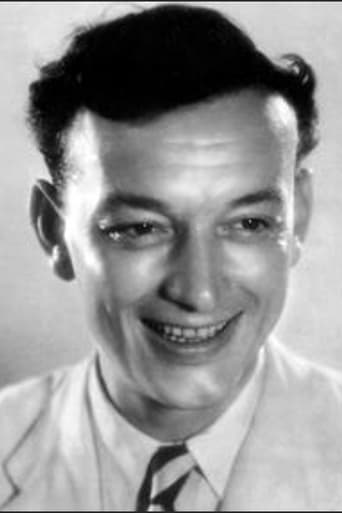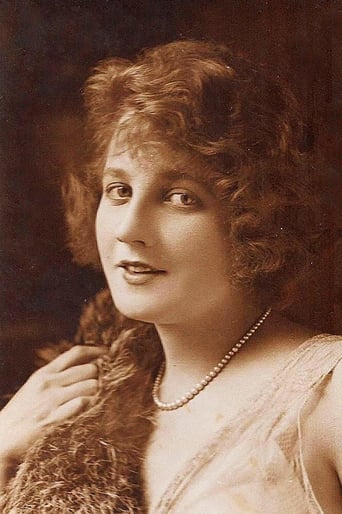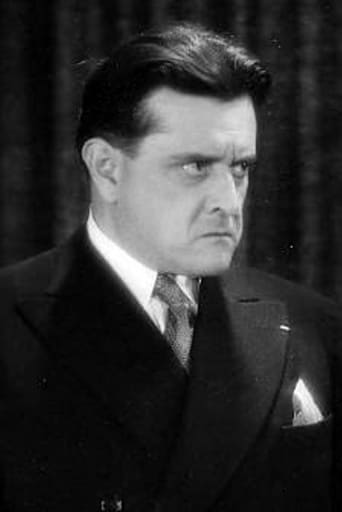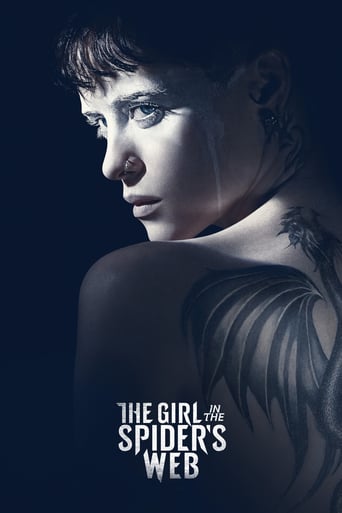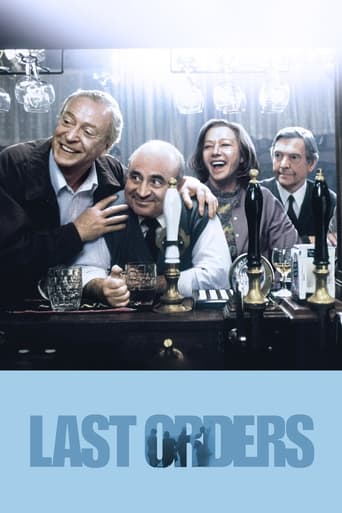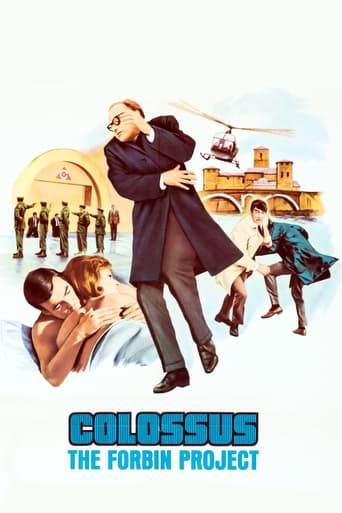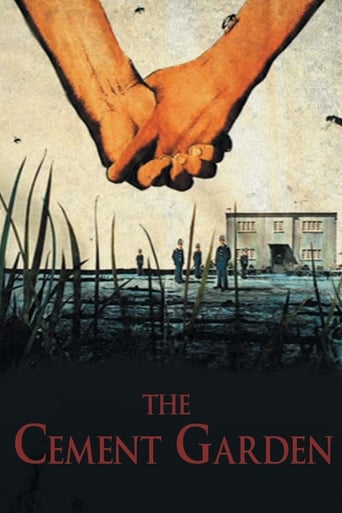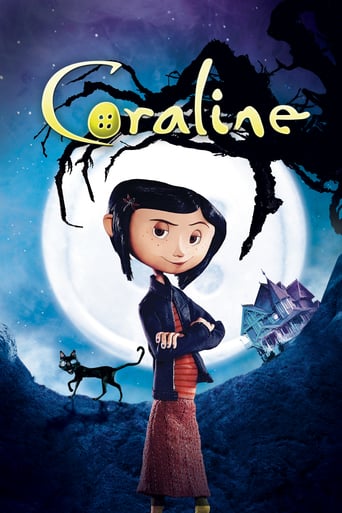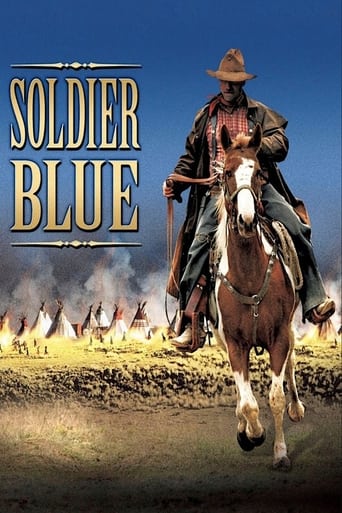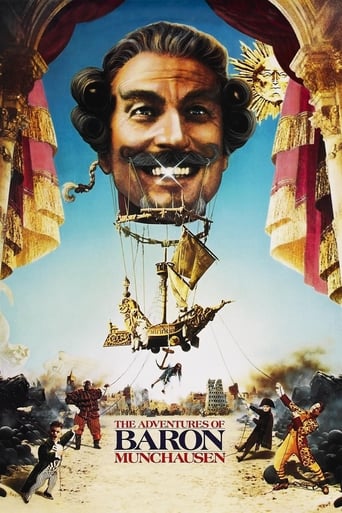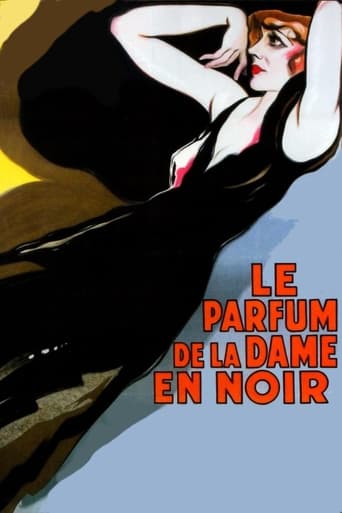
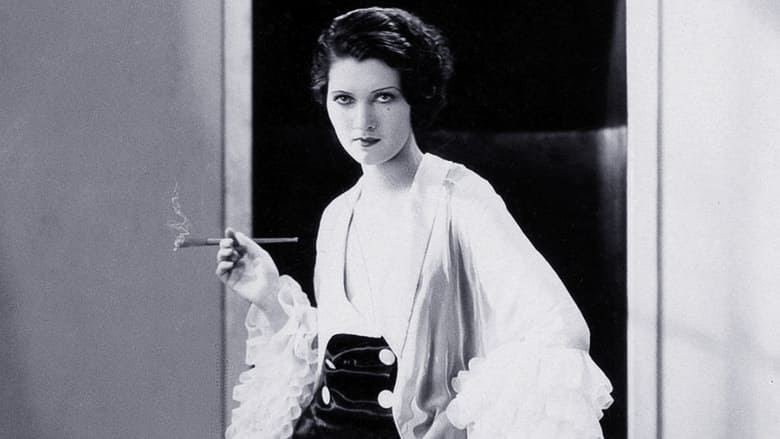
Scent of the Woman in Black (1931)
The story takes place on the Riviera, where the title character may or may not be involved in various shades of skullduggery, including murder.
Watch Trailer
Cast
Similar titles
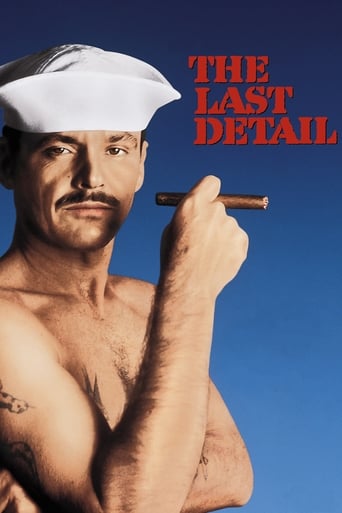
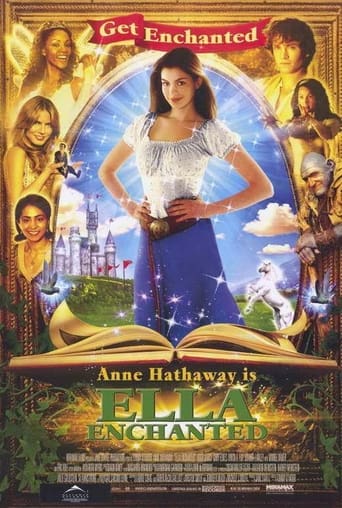

Reviews
When a movie has you begging for it to end not even half way through it's pure crap. We've all seen this movie and this characters millions of times, nothing new in it. Don't waste your time.
The acting is good, and the firecracker script has some excellent ideas.
This is a gorgeous movie made by a gorgeous spirit.
Although I seem to have had higher expectations than I thought, the movie is super entertaining.
The reviewer with the French name certainly does leave out a few names - Proust, Baudelaire, Rimbaud etc etc but even when it comes to films, there is also Zola (L'Assommoir, Germinal) and Pagnol (not all the film versions by any means made by himself) and Paul Féval (Le Bossu) although it is true that the last-named is much better known inside France than anywhere else. There is of course also Marcel Allain and Pierre Souvestre (authors of Fantômas).He is also quite wrong in supposing that the L'Herbier adaptations are the first. Both novels were adapted in 1913/1914 by Émile Chautard and Maurice Tourneur and, if anyone can find those two films, please let me know.The commentator who talks of "silent film" style is evidently correct but should not on any account be considered a negative. As I have suggested elsewhere this "mixed style" was very deliberately used by European film-makers after the advent of sound as a means of trying to fight off the trivialisation that sound brought (you have only to look at the enormous quantity of complete dross turned out in the US in these years although there were evidently some good and even great films among them)and to try and maintain the visual values achieved by the end of the silent era. Some of the great masterpieces of cinema were made in this period and essentially in this style (by Clair, Renoir and Vigo among others) and not necessarily by film-makers who weer "left over" from the silent era (Vigo had never made a silent film ad Clair had made very little before the sound era).These two films are, it has to be admitted, not among the masterpieces but they do have some very interesting features. Both make a very particular use of sound in a manner intended to be non-trivial (diagetic sounds absolutely abound and are made the focus of attention when they occur); another similarly deliberate use of sound are the spoken credits, used here before Guitry, before Welles (influenced by Guitry) and long, long before Truffaut (Fahrenheit 451). This use of "significant" sound (as opposed to dialogue, which is generally de-emphasised and non-diagetic "score" which is non-existent) is completely typical of the "mixed style".The second of the two Rouletabille stories, although far less well known in book form than Le Mystère de la chambre jaune, works better as a film. This is equally the case with the most recent versions of the two (2003 and 2005) by Bruno Podalydès. The 1940s versions of the two I have not seen. These L'Herbier films survive in relatively poor prints and with relatively poor sound quality, not necessarily in case a genuine reflection of how they originally were and this is a great shame because the stories are confusing enough in themselves without such added difficulties.The first film I prefer to the 2003 Podalydès for one very simple reason. It gives proper value to the wonderfully silly but very beautiful nonsense phrase for which the novel is famous - "Le presbytère...etc". Podalydès decides for reasons best known to himself to have the phrase spoken hastily every time it crops up(perhaps on the grounds that is so well known). This is an unforgivable error. One can never hear that phrase too often and too clearly! I understand why anyone might prefer the Podalydès film of the sequel; it is marginally rather easier to follow. One is also treated to some bizarre submarine adventures and some sensuous fish-gutting (for those who have a taste for such things) but there remain two important respects in which it cannot compete with this version - the beautiful art deco designs by Pierre Schild (including the sinister valets in swastika-costumes) and the fine cinematography of Georges Périnal. Schild and Périnal,who had not worked on the earlier are the main reason why this sequel is better and well worth giving a second viewing to fully appreciate without having to try and decode the stupid plot. The Podalydès films are shot in a much blander. soft-focus "realistic" style (school of Claude Berri - the man who did his best to take the magic out of Pagnol).These films are not the best of L'Herbier (they are more in the nature of a simple jeu d'esprit) but remain an important example of the "mixed style" that has yet to gain the appreciation that it deserves.
Enchanted by his 1942 allegorical tale Fantastic Night,I was intrigued to spot a fellow IMDber recently talk about watching two murder- mystery "capers" from director Marcel L'Herbier. Kindly pointed towards the films by a fellow IMDber,I got set to meet the Woman In Black.The plot:As Mathilde and Robert Darzac get married, police officer Joseph "Rouletabille" Josephin opens the coffin of an infamous killer,and finds that the body has disappeared.Going to spend their honeymoon in a mansion,the couple learn of Darzac's disappearance,and also of a mysterious figure stepping out of the shadows called the Woman in Black. View on the film:Taking the unusual route of watching the second movie in the series before the first (!) the screenplay by writer/director Marcel L'Herbier brings things up to date with a brief flashback opening,which gives the rest of the movie the chance to go its own way. Unmasking one of Gaston Leroux's non-Phantom of the Opera novels, L'Herbier gives his adaptation some shades of Film Noir,by gliding across a mansion of double dealings,faked deaths and murderers lurking in the shadows. Initially giving the movie a glossy caper shine, L'Herbier disappointingly peels the shine off for a dry "chamber piece",draining the title of its desired sass,as Rouletabille has to solve everything in one location.Retaining his Silent movie style, L'Herbier & cinematographers Louis Page and Georges Périnal stub the movie with a stylish sped-up film technique,sending the servants of the mansion running along the wall,and a would-be killer and victim doing Olympic moves in silhouette. While the title character is not shown nearly enough after a tantalising moody opening, L'Herbier splashes the mansion in a glamorous Art-Deco design,as Rouletabille gets the first scent from the Woman in Black.
My friend dbdmonteil is clearly not a French Theatre buff if he can so easily dismiss Marivaux, Moliere, Racine et al but to be fair to him I think he was speaking in terms of French writers who have been adapted for the screen (and Simenon was, of course, Belgian) and probably even Jules Verne lags behind his two candidates in the 'based on the novel by' stakes. As he rightly says this title is invariably filmed as a sequel to The Mystery Of The Yellow Room, both of which were given yet another outing eight or nine years ago at the hands of M. Podalydes. This is yet another L'Herbier title being screened in London as part of the mini 'Fashion' festival but whatever the excuse it is a chance to watch French cinema from the early Sound period and Yes, the acting is mannered to say the least but it is still L'Herbier shouting coupe every every shot and 'L''Herbier' is synonymous with 'Style' so really what more do you want.
Gaston Leroux must be the third best known French writer after Dumas and Hugo.How many "Phantoms of the opera" do you think there are? Marcel Lherbier was the first to transfer to the screen both "le Mystère de la Chambre Jaune" and "Le Parfum de la Dame en Noir ,which are in fact one long story divided into two episodes.Mathilde Stangerson marries her fiancé Darzac but there's a sword of Damocles hanging over their head: Mathilde's first husband ,Larsan,is still alive .Besides ,she and the criminal are Rouletabille,Leroux's sleuth ,parents.Like the first film,it suffers from theatrical performances (Hughette Duflos) ,still close to the silent age ,but L'herbier manages to keep the story clear enough-which won't be the case with the 2005 remake- and Roland Toutain is a good Rouletabille with his youthful looks.
